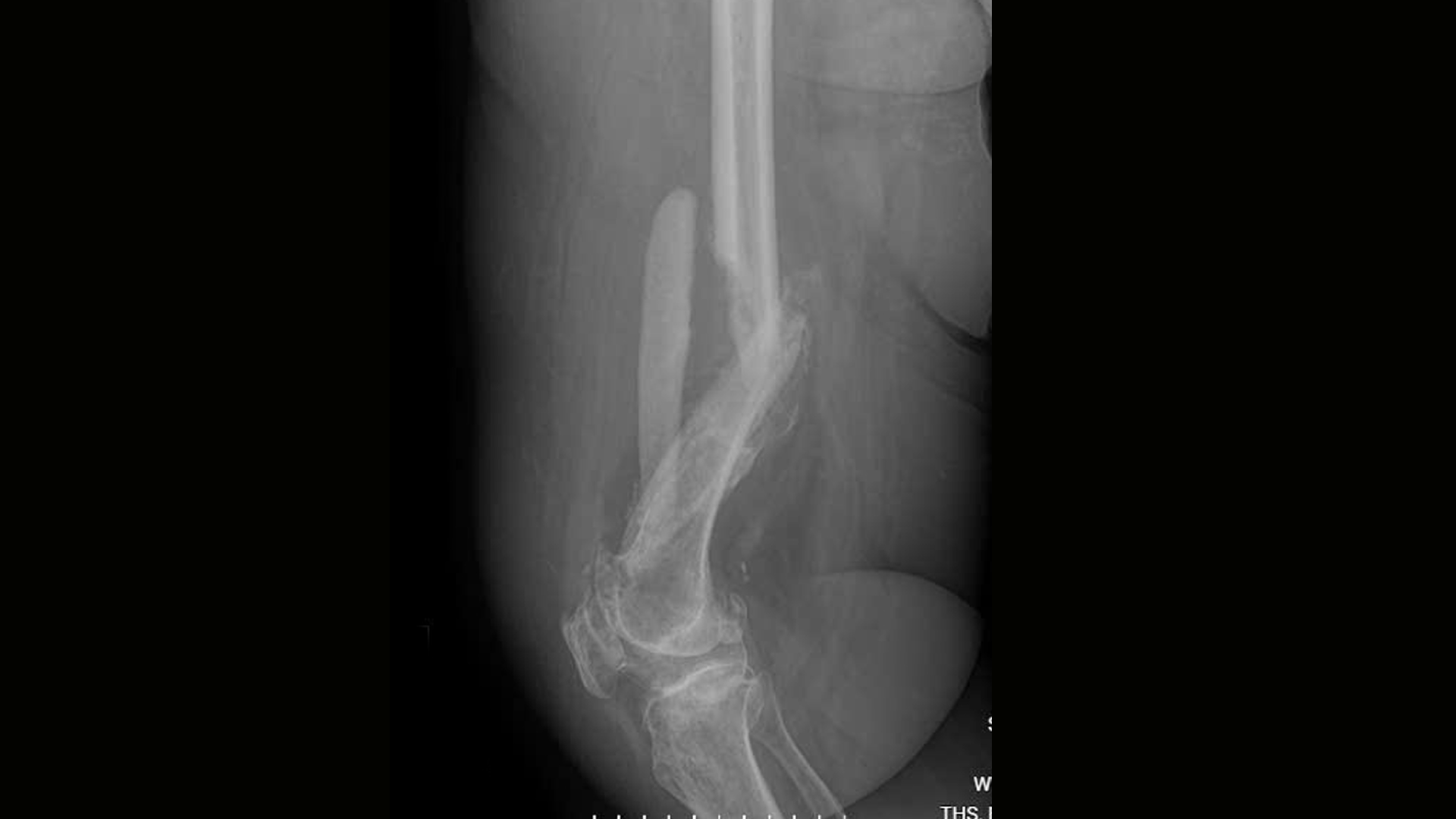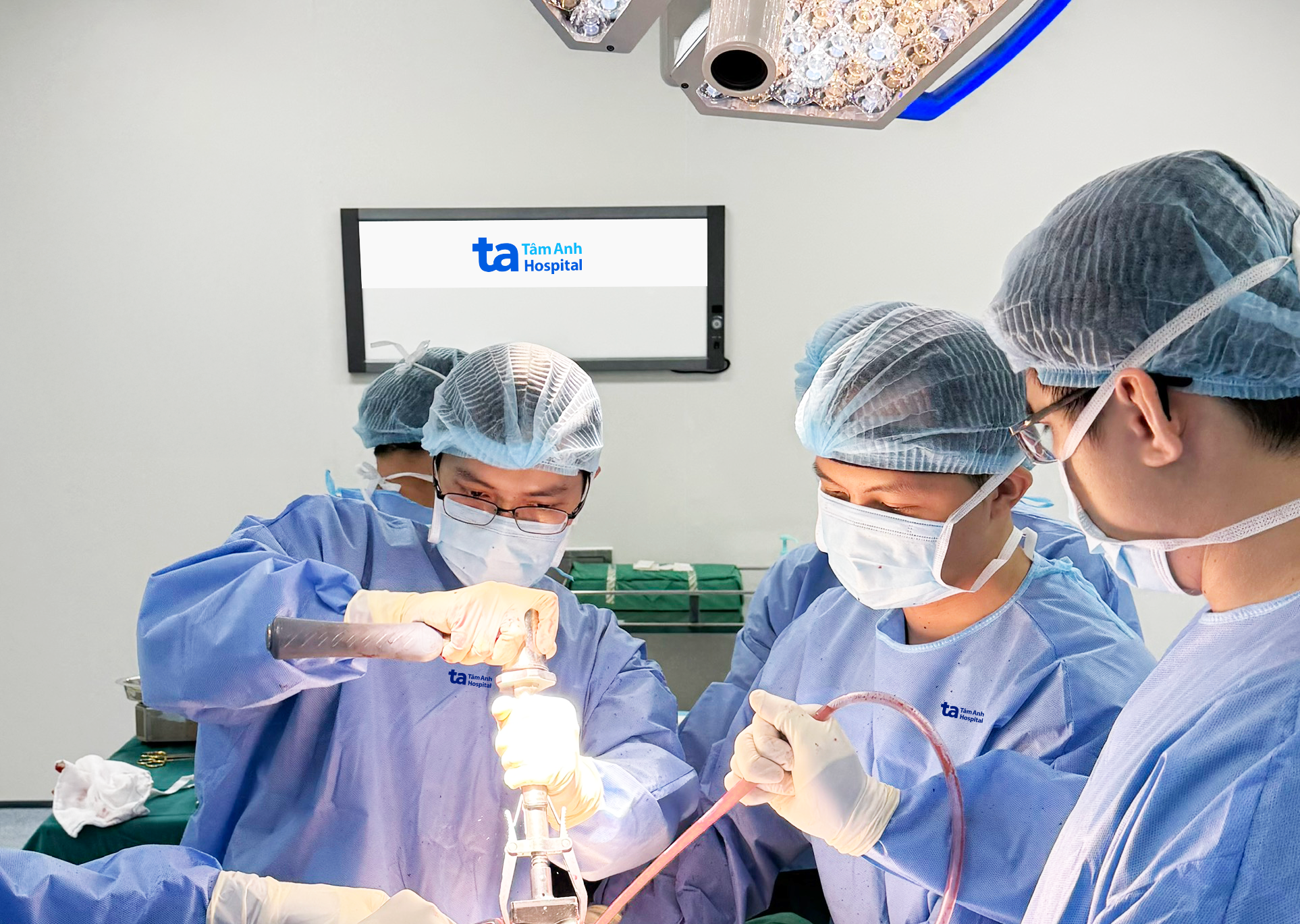Doctor Le Nhat Thanh, from the Orthopedic Trauma Center at Tam Anh General Hospital in Ho Chi Minh City, explained that even a minor impact can cause complex fractures in people with osteoporosis, often shattering the bone into multiple pieces. This can happen to any bone, but the most dangerous locations are the femur, spine, hip, and shoulder.
These are critical areas, and fractures often confine patients to bed rest, increasing the risk of complications like pressure sores, sepsis, and even death. Blood clots can also form, potentially leading to stroke, heart attack, pulmonary embolism, or limb necrosis. "Osteoporosis-related fractures in the elderly are not immediately life-threatening, but if treatment is delayed, the mortality rate due to complications can reach 80%," said Dr. Thanh.
Osteoporosis is a common condition, but it often progresses silently without noticeable symptoms, making it easy to overlook. According to the International Osteoporosis Foundation, around 37 million people over 55 worldwide suffer osteoporosis-related fractures annually – an average of 70 cases every minute. Tam Anh General Hospital in Ho Chi Minh City receives over 30 such cases weekly, typically involving the femur, shoulder, or wrist. Most patients are unaware of their condition until a fracture occurs.
For instance, Phuong, 70, fell 3 months ago and experienced persistent pain but didn't seek medical attention, relying on medication and rest instead. When her symptoms worsened and her right thigh became deformed, hindering her mobility, she finally consulted a doctor. An X-ray revealed a fractured femur and blood clots in her pulmonary artery, thigh, and calf. These clots posed a risk of blocking blood vessels or traveling to other locations, potentially causing pulmonary embolism, respiratory failure, and even death. Phuong's bone density measurement was -2.9, indicating severe osteoporosis (below -2.5 is considered severe).
Phuong received anticoagulants to stabilize the blood clots before undergoing surgery to fix the fracture with plates and screws, restoring the bone's alignment and length. She is under close post-operative monitoring to prevent complications and is undergoing early rehabilitation.
 |
X-ray shows Phuong's complex right femur fracture. Photo: *Tam Anh General Hospital* |
In another case, Yen, 72, fell on his shoulder during a traffic accident. An X-ray revealed a comminuted fracture of the upper humerus and a dislocated shoulder. His bone density test indicated severe osteoporosis. He required a complete shoulder replacement instead of the usual fracture repair surgery because his bone couldn't support the necessary screws and plates.
Because he sought immediate medical attention, Yen underwent emergency surgery. The freshness of the fracture allowed for easier realignment and fixation, minimizing pain and enabling early mobilization, which reduced the risk of complications, especially considering his age and underlying health conditions.
Both patients received annual osteoporosis medication infusions and will be monitored for 3 years to prevent recurrent fractures.
 |
Dr. Thanh (left) performs Yen's shoulder replacement surgery. Photo: *Tam Anh General Hospital* |
Dr. Thanh recommends regular osteoporosis screenings for older adults, along with vitamin D and calcium supplements, regular exercise at an appropriate intensity, and immediate medical consultation for any unusual symptoms. In the event of a fracture, prompt surgical intervention is crucial to limit complications, alleviate pain, and facilitate swift recovery.
Phi Hong
*Patient names have been changed
| Readers can submit questions about musculoskeletal diseases here for doctor's answers. |












